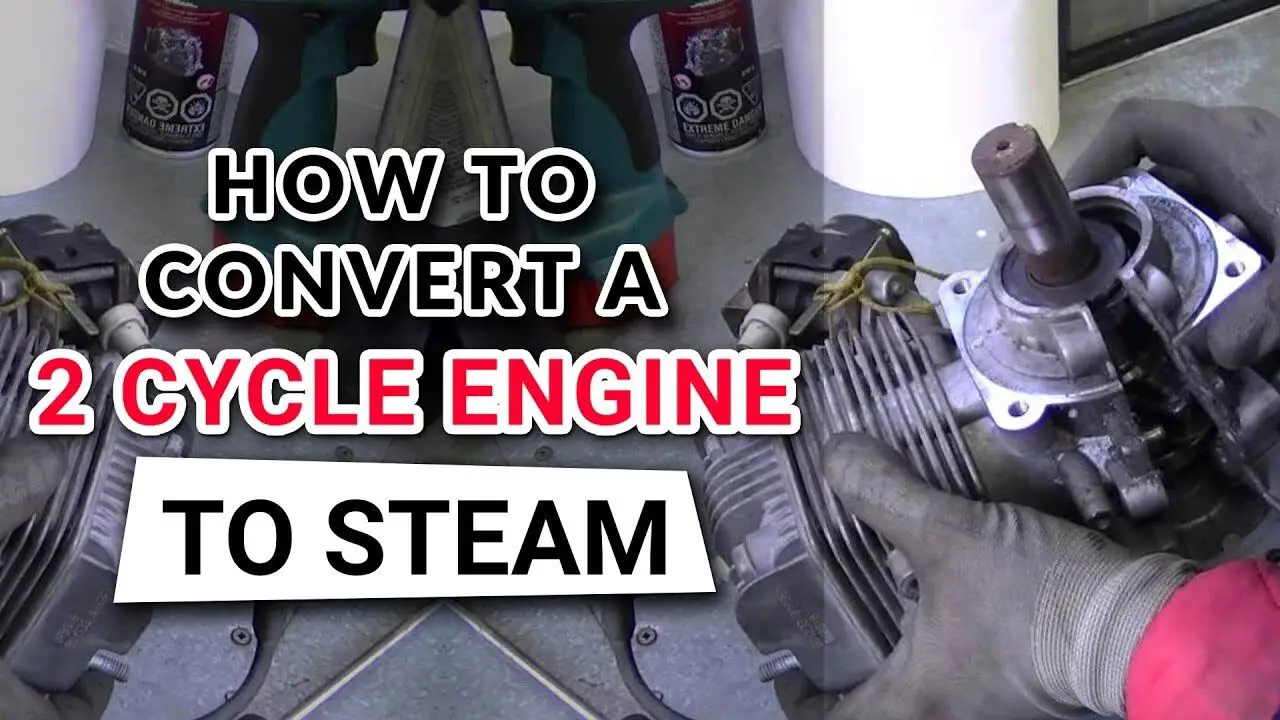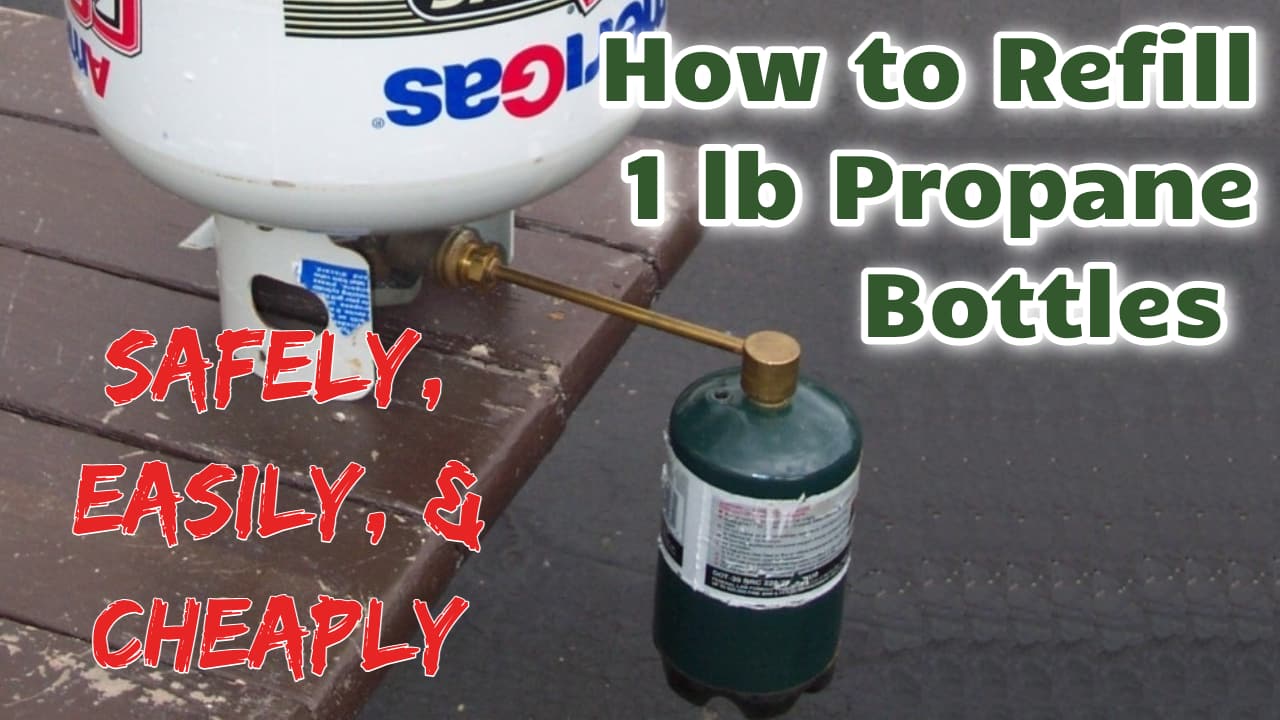The other day I showed you how I removed the markings from old surplus military ammo cans. Today I will show you how we went about stenciling ammunition cans with our own markings. As I scoured the internet for options I found that stenciling ammo cans was the most popular by far, and I […]
Category: How To (How I Did)
You could call this a How To – but people often tell me I did it wrong – now to be fair you can’t really tell me I can’t do it that way, when the video shows I actually DID do it that way – so to cool down the hateraide – lets just call this HOW I DID
How to Remove Stencils from Ammo Cans: The Easy Way
When I figured out how to remove stencils from ammo cans, I wished I had learned it earlier. Up until this point I had repainted my cans to cover the markings. Now I can simply remove the stencils and keep the nice OD green paint. Want to Store Reloads in Labeled Ammo Cans? I […]





